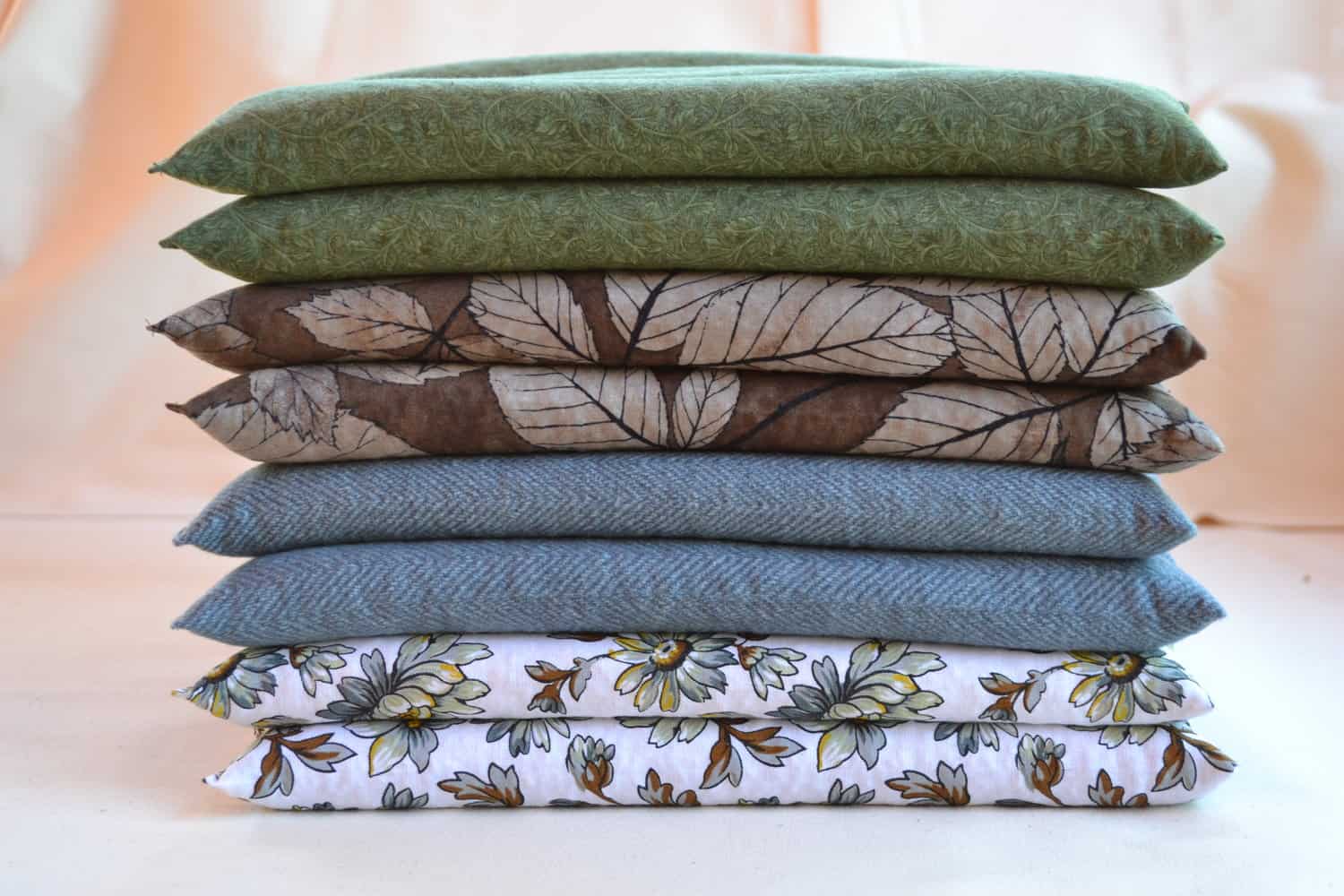Ultimate Guide for Parents: Safely Using a Heat Pack Wheat Bag for Your Little Ones
Hey there, super parents! ? Are you on the lookout for a natural way to soothe your child’s minor aches and pains? Well, you’re in for a treat! Heat pack wheat bags are an amazing, cuddly companion for those times when your little ones need a warm hug to ease discomfort. But before you pop one into the microwave, let’s make sure you know the ins and outs of using these snuggly soothers safely. Let’s dive into the world of heat pack wheat bags and ensure your kiddo gets all the warmth, with none of the worry!
? What’s a Wheat Bag Heat Pack?
First things first, let’s chat about what a heat pack wheat bag is all about. These cozy packs are filled with… you guessed it, wheat grains! They’re designed to be heated up in the microwave and provide a gentle, penetrating warmth. Ideal for relaxing muscles, soothing cramps, or simply providing a comforting sensation, they are versatile and loved by children and adults alike. But why wheat, you ask? Wheat can retain heat for an extended period, releasing it slowly for lasting warmth. Neat, right?
? How to Choose the Right Heat Pack Wheat Bag for Your Child
Picking the right wheat bag can feel like finding a needle in a haystack – but fear not! Look for bags made of durable, natural fabrics that can withstand repeated heating. The size and weight of the bag should be appropriate for your child’s age and size to ensure comfort and effective heat transfer. Also, consider getting one with washable covers to keep it hygienic after frequent use.
Safe Materials are a Must
When selecting a heat pack, keep a keen eye on the materials used. Go for natural fabrics like cotton or linen, that are gentle on the skin – especially important for kiddos with sensitive skin. The wheat should be clean and untreated to avoid any potential allergies or reactions.
Adorable Designs to Delight Your Kids
Let’s face it, everything is better when it’s cute! ?? Choose a wheat bag that features fun, child-friendly designs to make those warm cuddles even more appealing. Whether your child loves cars, animals, or fairy-tale characters, there’s a wheat bag out there that they’ll adore – making it much easier to convince them to sit still while the warmth works its magic.
? How to Heat the Wheat Bag Safely
Now for the most important part – heating the wheat bag correctly is crucial for safe use. Always follow the manufacturer’s instructions to the letter. If there’s no label or the instructions have faded, a good rule of thumb is to heat it in the microwave for 1-2 minutes, depending on the size of the bag and the power of your microwave. And here’s a hot tip: place a cup of water in the microwave alongside the bag to prevent the wheat from drying out and burning.
Testing the Temperature
Before giving the heated wheat bag to your child, it’s important to test the temperature. Gently shake the bag to evenly distribute the heat and then carefully check with the back of your hand – it should feel warm, but not hot. If it’s too warm for you, it’s definitely too hot for your child’s delicate skin.
Never Leave Children Unattended with the Wheat Bag
While these bags are wonderful for comfort and warmth, they are not toys and should always be used under adult supervision. Never leave your child alone with a heated wheat bag, and make sure that they are not sleeping with it, to avoid the risk of burns or overheating.
By now, you’re well on your way to becoming a heat pack wheat bag expert! ? Whether it’s for a tummy ache, a cold night, or just some snuggles on the couch, you know the basics of choosing and using these cosy wonders safely. But wait, there’s more! Stay tuned for the next part of our guide, where we’ll delve into the cool science of how heat therapy works and when it’s best to opt for a cool pack instead. It’s going to be sizzling with helpful info, so don’t miss it!
Until then, keep those hugs warm and that parental wisdom even warmer! ?

5 Things Parents Should Know in Preparing a Heat Pack Wheat Bag
1. Understand the Heating Process
Before introducing a heat pack wheat bag to your child, it’s imperative to understand how to heat it properly. Uneven heating can lead to hot spots that may burn your child’s skin. Ensure that you spread the grains evenly before placing the bag in the microwave and follow the heating intervals recommended for your specific microwave’s wattage. If your wheat bag doesn’t come with a clear set of instructions, contact the manufacturer or consult with a professional before use.
2. Monitor the Heat Pack’s Lifespan
Keep an eye on your heat pack’s condition. Over time, the wheat inside can start to degrade, especially if it’s been moistened or used frequently. Inspect the bag for any signs of wear and tear, such as thinning fabric or split seams, which can lead to wheat grains spilling out and causing a potential choking hazard or burning. As a general guideline, consider replacing the wheat bag annually, or sooner if it shows signs of overuse.
3. Keep Hygiene in the Forefront
Cleanliness is crucial when using a heat pack wheat bag. Kids can be messy, and you’ll want the wheat bag to be clean before coming into contact with your child’s skin. If the wheat bag you choose has a removable cover, wash it regularly. However, do not wash the wheat-filled inner bag as moisture can lead to mold growth and potentially ruin the bag’s effectiveness. Instead, you can wipe it with a damp cloth and allow it to dry completely.
4. Educate Your Child on Safe Use
Take the time to educate your little one on the proper use of their heat pack. Make it clear that the wheat bag is not a toy and should be treated with care. Teach them not to overheat the bag themselves, make sure they understand the importance of adult supervision during use, and instruct them to speak up if the heat becomes uncomfortable. Cultivating respect and understanding of the wheat bag’s purpose will go a long way in preventing accidents.
5. Use as Directed for Specific Relief
Wheat bags are fantastic for certain types of discomfort, such as muscle stiffness, some aches, or as a warm companion during chilly nights. Be mindful, though, that heat may not be suitable for all types of pain or injury. For instance, for acute injuries or inflammation, cold therapy may be more appropriate. Understand the scenarios where a heat pack will be beneficial for your child and avoid using it when contraindicated.
Creating a Safe and Cozy Experience with Heat Pack Wheat Bags
Now that you’re equipped with the essential knowledge on preparing and using a heat pack wheat bag safely, you can offer your child the comforting warmth they might need. Always practice vigilance when using any form of heat therapy with children and enjoy the relief and relaxation it can bring to those little bodies. Heat pack wheat bags are a simple yet effective means to help soothe your child’s discomfort while providing the coziness that only a warm pack can give. With your new-found expertise, you are all set to use these natural soothers to give your child that extra bit of TLC!
Enjoy those moments of warm cuddles and be confident in the safety and comfort you’re providing. Knowing you’re using the wheat bag heat pack the right way not only sets your mind at ease but also keeps your precious little one safe and happy. Keep the warmth spreading and the cozy times rolling with your new, savvy approach to heat pack wheat bags!
See more great Things to Do with Kids in New Zealand here. For more information see here
Disclaimer
The articles available via our website provide general information only and we strongly urge readers to exercise caution and conduct their own thorough research and fact-checking. The information presented should not be taken as absolute truth, and, to the maximum extent permitted by law, we will not be held liable for any inaccuracies or errors in the content. It is essential for individuals to independently verify and validate the information before making any decisions or taking any actions based on the articles.




